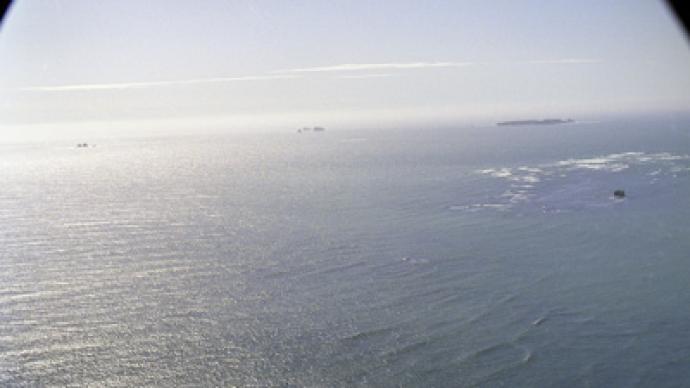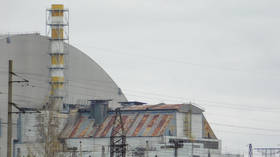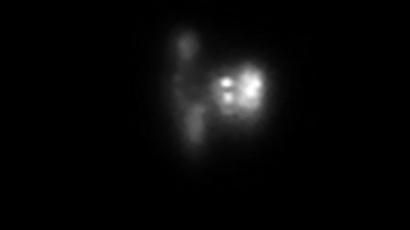From up high to Down Under: Mars probe ends up in Pacific Ocean

Russia’s federal space agency Roscosmos has confirmed that the Phobos-Grunt space probe has fallen into the Pacific Ocean.
Although there was no special observation equipment at the site, the location of the fall was confirmed by the data gathered by the Main Space Monitoring Center of the Aerospace Defense. Their equipment clearly showed the space probe left the orbit on its 1097th circuit around the Earth – just above the southern part of the Pacific Ocean, South America and Atlantic Ocean. The agency says the probe ended its existence Sunday at 9:45 pm Moscow time (17:45 GMT), which was earlier than predicted.Since the probe fell, different locations had appeared as the site of the impact. A source from Russia's aerospace industry, citing ballistic data, stated the probe had landed in the Brazilian state of Goias, located in the central part of the country. Another source in the aerospace industry reported that the Phobos-Grunt could have plunged into the Atlantic.The 13.5-tonne Phobos-Grunt was launched from Baikonur Cosmodrome in Kazakhstan on November 9. Its aim was to collect samples of rock and dust on Phobos, one of the moons of Mars, and bring them back to Earth.However, the engines expected to propel the probe to the higher orbit failed to fire. As a result, Phobos-Grunt remained stuck in Earth’s orbit. Unofficial sources put the cost of the failed 2.5-year mission at about 5 billion rubles ($200 million).














